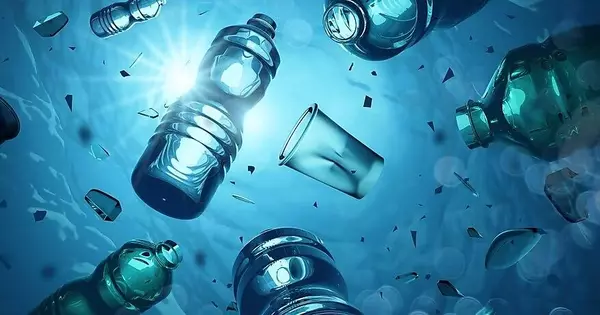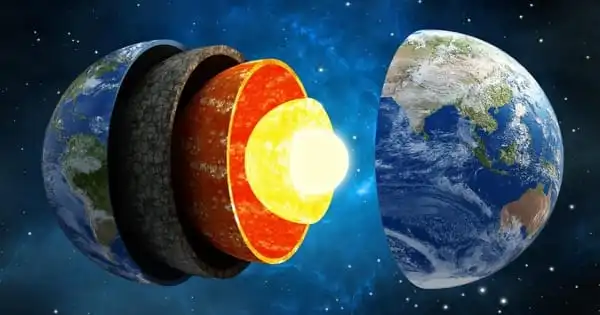Marine plastic pollution is the presence of plastic waste in the ocean and other bodies of water. It is a significant environmental issue that poses a threat to marine life, ecosystems, and human health. Plastic waste, which is typically made from non-biodegradable materials, can persist in the marine environment for centuries, leading to harmful effects such as ingestion by marine animals, entanglement, and habitat destruction.
Plastic pollution is caused by a combination of factors, including improper disposal of plastic waste on land, littering, and inadequate waste management systems. Plastic can enter waterways through stormwater runoff, sewage overflows, or illegal dumping, and eventually make its way to the ocean.
Marine plastic pollution is a type of plastic pollution that ranges in size from large original materials such as bottles and bags to microplastics formed from plastic fragmentation. Marine debris is primarily discarded human garbage that floats or is suspended in the ocean. Plastic accounts for 80% of marine debris.
Plastic is a petroleum-based synthetic organic polymer with properties that make it ideal for a wide range of applications such as packaging, building and construction, household and sports equipment, vehicles, electronics, and agriculture. Every year, over 300 million tons of plastic are produced, half of which is used to manufacture single-use items such as shopping bags, cups, and straws.

Every year, at least 14 million tons of plastic end up in the ocean. Plastic debris is currently the most abundant type of litter in the ocean, accounting for 80% of all marine debris found from the surface to the deep sea. Plastic can be found on every continent’s shorelines, with more plastic waste found near popular tourist destinations and densely populated areas.
Microplastics and nanoplastics are the byproducts of plastic waste breakdown or photodegradation in surface waters, rivers, and oceans. Scientists recently discovered nanoplastics in heavy snow, specifically around 3000 tons that cover Switzerland each year. It is estimated that there are 86 million tons of plastic marine debris in the world’s oceans as of the end of 2013, assuming that 1.4% of global plastics produced between 1950 and 2013 entered and accumulated in the ocean. Annually, 19-23 million tonnes of plastic are estimated to leak into aquatic ecosystems. According to the United Nations Ocean Conference in 2017, the oceans may contain more plastic than fish by 2050.
Microplastics are tiny plastic particles that can be eaten by marine animals and end up in their bodies and tissues, entering the food chain and wreaking havoc on the health of our planet and all of its inhabitants. Even as people become more aware of the dangers that plastic poses to life, the presence of plastic in our oceans continues to rise, and plastic pollution remains one of the leading causes of marine species extinction, health problems for humans and animals alike, and the destruction of our ecosystems.
















